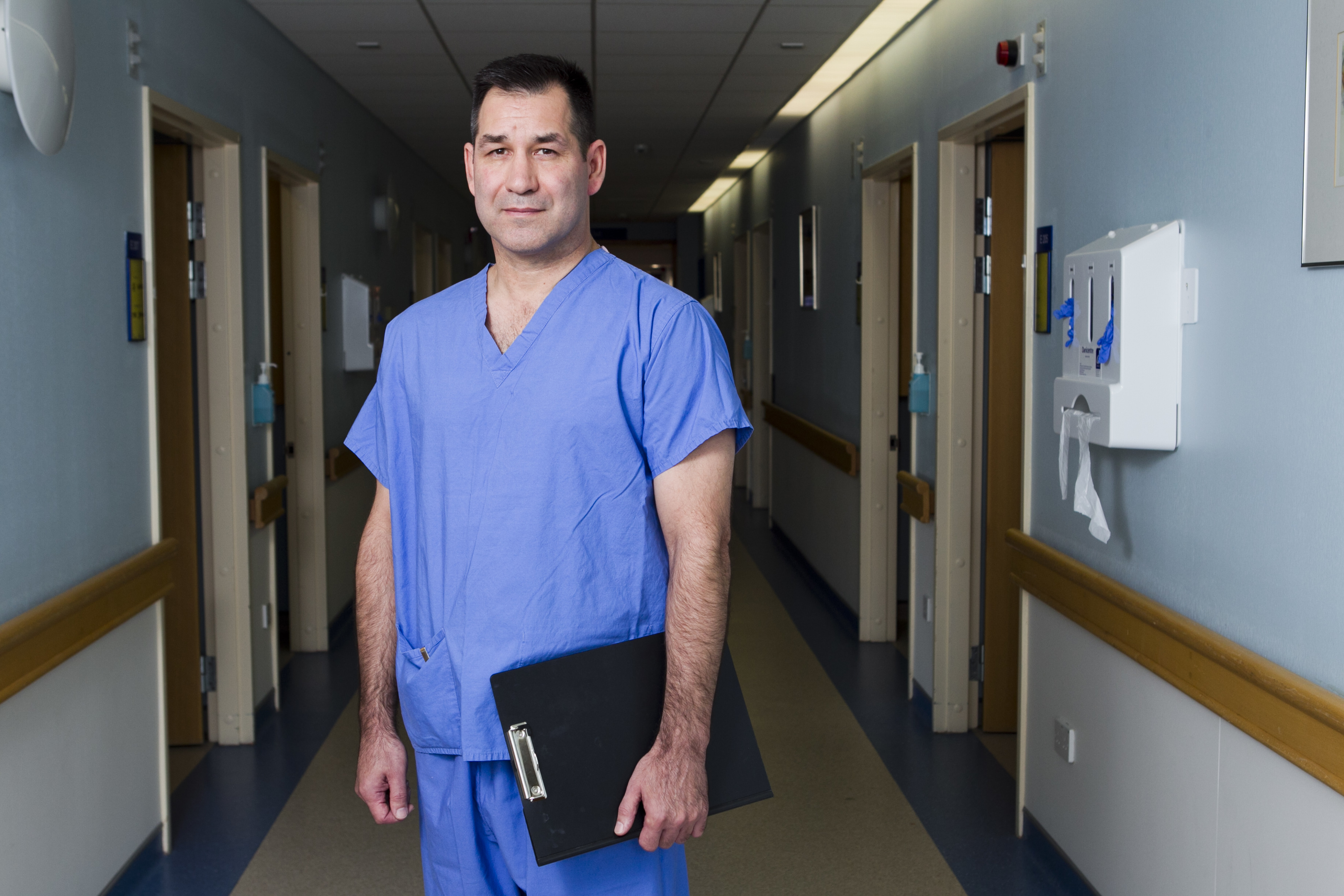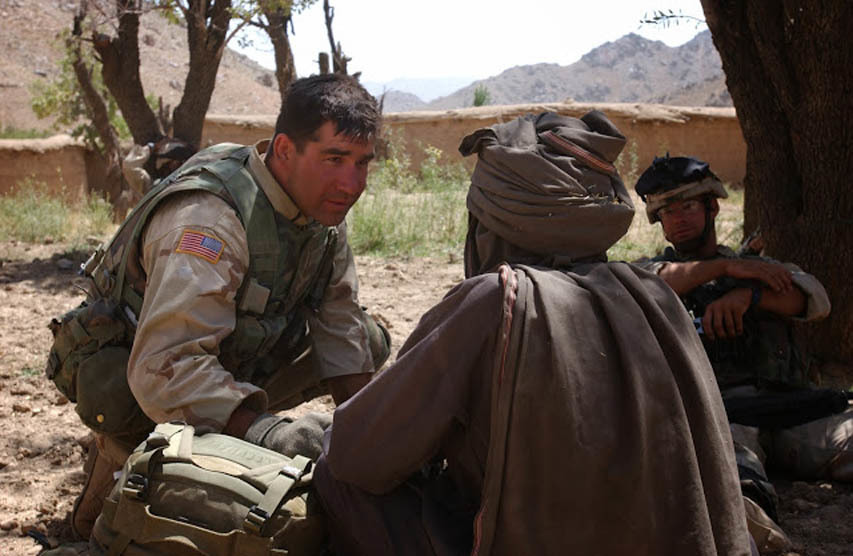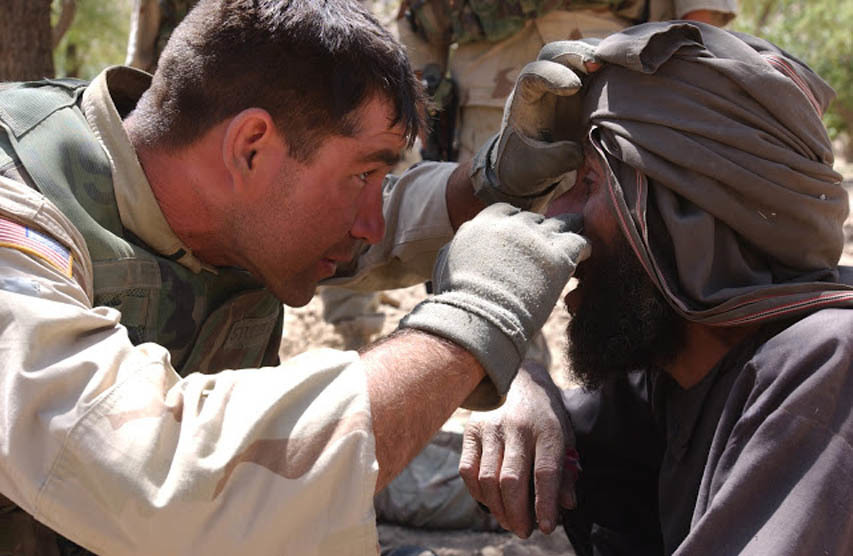
A US Army medic has swapped saving lives in war-torn Afghanistan for fixing hips at a Scots hospital.
Major Jon Stubblefield is part of a new breed of medics drafted in from abroad to alleviate the shortage of NHS doctors.
He works as a physician associate in orthopaedics, the treatment of bones and joints, at Golden Jubilee Hospital in Clydebank.
The dad of two’s job involves diagnosing hip or knee pain, acting as first assistant in surgery and making sure patients make a full recovery.
It’s a world away from his work during 25 years with the US military, saving lives in Afghanistan, Iraq, Jordan, Ethiopia and Eritrea.
As a combat medic Jon, 49, joined soldiers on dangerous missions and was often the first on the scene to tend to injured troops.
It was while working with doctors at the British field hospital at Camp Bastion in Southern Afghanistan that he first developed an interest in working for the NHS.
“I decided to see for myself what it was like to work in the NHS,” said Jon, who hails from Savannah, Georgia.
“What I have seen so far has impressed me.”
Although it’s a different world from the Middle East, Jon says the satisfaction from saving lives remains the same.
“The feeling you get from helping someone recover is amazing,” he said.
“I guess it’s what drives most of us to do the job.
“The duties I have now are very different to what was once routine for the military.”
As an army medic, Jon provided humanitarian and emergency care, trained soldiers in self-aid, and dealt with emergency medical technician courses for the Iraqi Police Force in Kirkuk.
He described saving lives in wartorn regions as a “battle against time”.
His most unusual medical emergency was delivering twin babies in a remote Afghan village.
“The local midwife needed assistance when the mum struggled to deliver the babies,” recalled Jon.
“They were baby girls and sadly one was stillborn.
“But we managed to save the other and the mum recovered.”
The saddest moments included staying with a dying soldier when his injuries were beyond all medical care.
With Jon and other hero medics playing crucial roles, war injury survival rates have improved in recent decades. During recent conflicts in Afghanistan and Iraq, the mortality rate was less than 10%.
Safer body armour, improvements in emergency evacuation procedures to get injured troops to hospital as quickly as possible, and more precise care and surgery have helped.
So, too, has medics’ ability to recognise life-threatening injuries, moving in early to treat them.
“Preparation, constant training and lessons learned has helped reduced the mortality rate,” said Jon.
Jon is one of 45 Forces personnel whose portrait will be shown at an exhibition to commemorate the 100th anniversary of the end of the First World War.
They are painted by artist and former shipyard worker Tom McKendrick, 69, who worked on battleships at John Brown shipbuilders.
Tom said: “It’s been a joy capturing some real heroes in portrait. Like most veterans, Jon wears his service lightly.”
The exhibition takes place in Clydebank Town Hall from November 6 to January 19.

Enjoy the convenience of having The Sunday Post delivered as a digital ePaper straight to your smartphone, tablet or computer.
Subscribe for only £5.49 a month and enjoy all the benefits of the printed paper as a digital replica.
Subscribe
